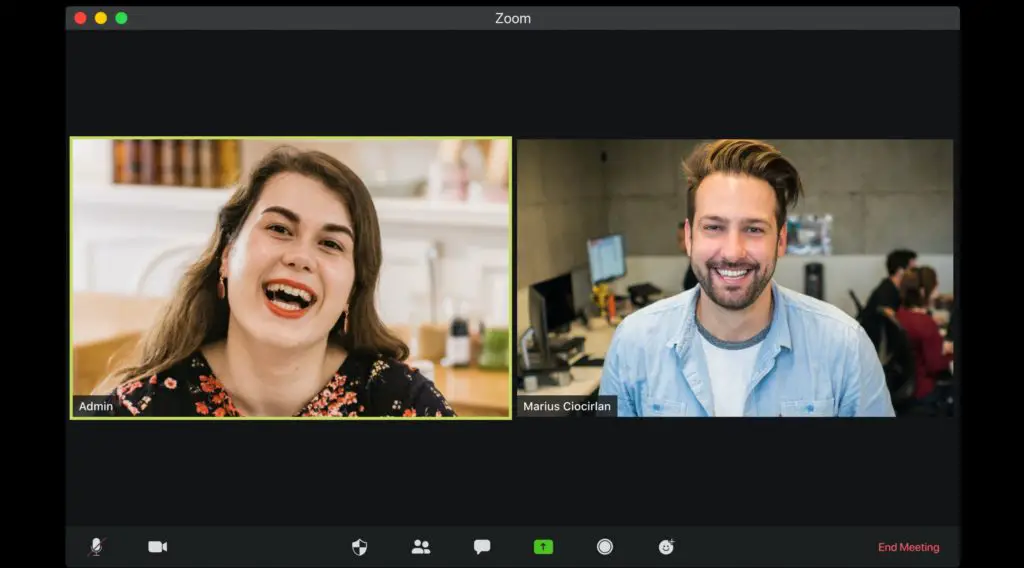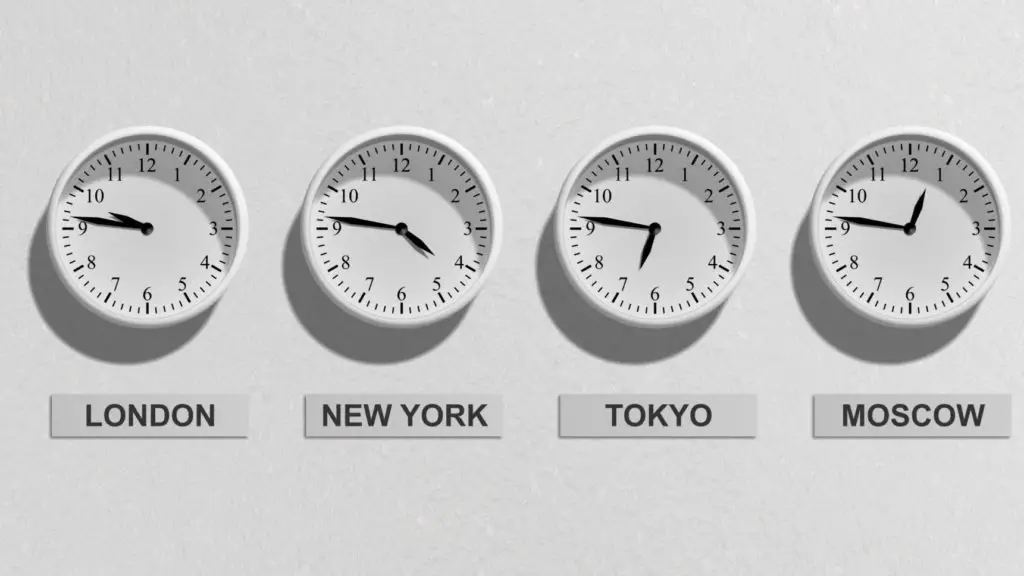Meetings are tricky things. They’re vital to keeping your staff connected and in the loop, imparting important information, and allowing team members to share their ideas and feedback. However, it’s easy to slip into a habit of holding too many meetings or not having an effective meeting structure – meaning you might spend two hours going through an agenda that need only take thirty minutes.
As well as severely affected productivity, too many meetings (or ones deemed largely pointless) can frustrate staff and be detrimental to team morale. So what are the best ways to avoid this and have effective, high-value meetings? Keep reading to find out everything you need to know!
Switch to Video Meetings
Having in-person meetings is important, but they may not need to happen every week. Instead, consider reducing face-to-face meetings and switching to regular video meetings! This type of meeting still feels personal and allows you to gauge expressions and body language, but it offers greater convenience, especially for those staff members who work from home – who would otherwise need to schlep into the office or miss the meeting entirely.
It’s also worth thinking about whether you actually need a formal meeting or whether a quick video chat could get the same job done more efficiently. Hopping on a video call is faster than spending all day exchanging a tonne of messages, too, meaning you can get the job done in a fraction of the time rather than waiting for responses in the game of messaging tennis.
Have a Clear Objective
For your meetings to be effective, every single one should have a crystal clear objective and a detailed agenda distributed to all attendees well before its date. Keep the spotlight on this objective throughout the meeting, bringing the focus back if things go off-topic. Ask for a note to be made during the meeting regarding these off-topic points if they need discussion later so they don’t fall through the cracks.
When creating the agenda, think creatively: build it in a way that is likely to cause dynamic discussions and maintain the interest of those attending. To this end, it’s advisable for a meeting not to run for longer than an hour. If there’s a lot of ground to cover, split the meeting into two sessions on consecutive days, perhaps, to keep the momentum going.
Consider the Attendees
When scheduling meetings, take a moment to think when sending out meeting information to staff regarding who really needs to attend and who would benefit from simply receiving a summary of the meeting afterward. One of the biggest meeting bugbears that employees have is being asked to sit through sessions in which only a very small section has relevance to them. While regular whole-team meetings are important, always consider who really does and doesn’t need to attend a meeting before issuing a whole-team invitation.
Set the Tone
Creating a positive tone throughout the meeting may make more of a difference than you think! Get things off to a great start by reviewing progress or goals and providing positive feedback to individuals and teams that have performed particularly well. Aim to create an atmosphere where attendees feel comfortable contributing and sharing their opinions and ideas. Encourage active listening – and be sure to model this behavior yourself!
Other Points to Consider
It’s not just scheduling conflicts to be aware of when organizing a meeting. The time of day is important, too. For example, if there’s a chance a meeting could overrun, be sure to schedule it well before the end of the day, and goal-setting meetings are usually best planned for the beginning of the day. And, if you’re holding a video meeting, don’t forget to consider team members working from different time zones.
Finally, to ensure staff can participate fully, ensure they have plenty of time to prepare before the meeting, especially if it’s an important one, so they can read relevant materials, gather their thoughts, and think about any points they’d like to raise during the session.
Setting an Agenda for Success
Once you’ve used the above to put in place more productive meetings that effectively get across your message and needs (and allow team members the opportunity to voice their own), it’s vital to measure the effectiveness of these meetings, to assess whether further changes could be made. As part of this process, check the timeliness of meetings: how often (if ever) did they overrun, and by how long? How many new actions were created during the session, and how many previous action points were closed?
Consider sending out anonymous surveys to attendees after meetings to get genuine feedback on how successful the session was and the extent to which team members felt engaged. By keeping a clear focus on the purpose of every meeting scheduled, being mindful of who should attend, and setting a great, upbeat tone, you can transform how effective your meetings are. As well as giving a shot in the arm to productivity, you’ll likely see an improvement in staff morale.




